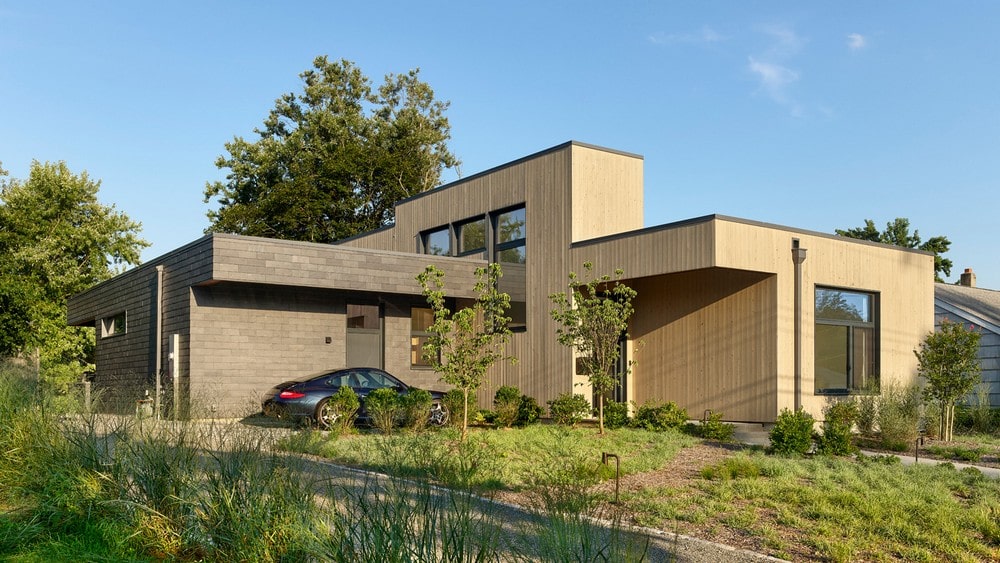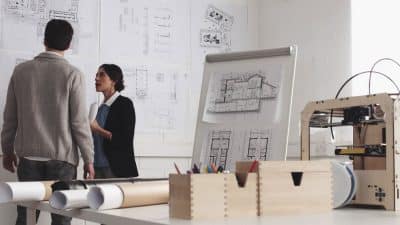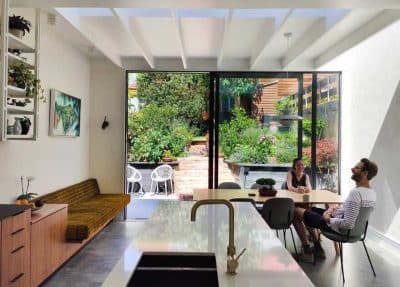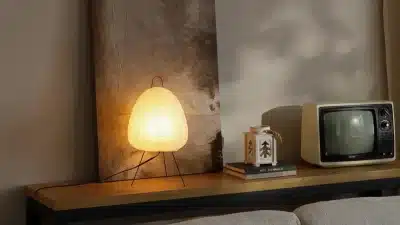
Imagine a home that produces as much energy as it consumes, where your electricity bill is practically non-existent, and your carbon footprint is drastically reduced. That’s the promise of a net-zero home, a concept that is gaining momentum as homeowners seek smarter, more sustainable ways to live. Whether you’re building from the ground up or retrofitting an existing property, here’s how you can create a home that gives back to the grid while enhancing both comfort and efficiency.
1. What is a Net-Zero Home?
A net-zero home is designed to generate as much energy as it consumes over the course of a year. This is achieved by maximizing energy efficiency and integrating renewable energy sources like solar or wind power. The goal is not only to cut costs but also to create a healthier, more resilient home that is independent of fluctuating energy prices.
Unlike traditional homes, which rely on fossil fuels and inefficient power systems, net-zero homes focus on energy conservation, airtight insulation, and high-performance appliances to reduce consumption before even generating power.
Additionally, states like Colorado have begun implementing stricter building codes and incentives for energy-efficient homes, making net-zero designs more accessible and financially attractive to homeowners looking for sustainable solutions. Some local governments even offer rebates and grants for homeowners who commit to making their properties more energy-efficient, further lowering the financial barrier to entry.
2. Energy Efficiency Comes First
Before adding renewable energy, a net-zero home must be as energy-efficient as possible. Here’s where to start:
- High-performance insulation: Reducing heat loss in winter and keeping homes cool in summer minimizes the need for heating and cooling.
- Triple-pane windows: These prevent energy loss and improve indoor comfort.
- LED lighting and energy-efficient appliances: Lower energy consumption drastically.
- Smart thermostats and automation: Adjust temperature settings based on your habits to reduce unnecessary usage.
By cutting down energy demand upfront, homeowners can install a smaller, more affordable renewable energy system to meet their needs.
In colder regions, such as Minnesota, where winter heating costs can be high, investing in energy-efficient upgrades ensures that homeowners keep energy consumption low even in extreme weather conditions. Many homes in these climates are designed with passive solar heating techniques, capturing the sun’s warmth during the day and reducing reliance on artificial heating.
3. Generating Renewable Energy
Once energy efficiency is optimized, the next step is to generate your own power. The most common renewable energy sources for net-zero homes include:
- Solar Panels: The most popular and scalable option, solar panels convert sunlight into electricity to power your home.
- Geothermal Systems: These use underground heat for ultra-efficient heating and cooling.
- Wind Turbines: Ideal for homes in open, windy areas, small-scale wind power can supplement other energy sources.
- Battery Storage: To maximize renewable energy, modern battery systems store excess power generated during the day for nighttime use.
Many net-zero homeowners also opt to stay connected to the grid, using it as a backup and even selling excess energy back to utility companies.
4. The Role of Smart Technology
Smart home systems are essential for making a net-zero home truly efficient. Energy monitoring tools help track energy use in real time, ensuring that power generation and consumption stay balanced. Smart plugs, motion-sensor lighting, and automated shading systems further optimize energy efficiency while maintaining convenience.
Additionally, heat recovery ventilation systems improve indoor air quality while conserving energy by reusing heat from exhaust air. These technologies ensure that a net-zero home remains comfortable and highly functional.
Homeowners in regions with extreme climates, such as Arizona, often rely on these smart systems to regulate indoor temperatures efficiently, reducing dependency on HVAC systems while maintaining year-round comfort. In some cases, solar-reflective roofing and smart irrigation systems help homeowners in hot, arid regions maintain sustainability without excessive water or electricity use.
5. Financing a Net-Zero Home
Building or retrofitting a home for net-zero living requires an initial investment, but the long-term savings on utility bills and the added property value make it worthwhile. For homeowners in Iowa looking to invest in net-zero upgrades like solar panels or high-efficiency insulation, financing options such as home equity loan rates in Iowa can help fund these improvements while increasing property value and reducing long-term energy costs.
Many states also offer tax incentives, grants, and rebates for sustainable home improvements, helping offset the upfront costs.
6. The Future of Net-Zero Living
As energy prices continue to rise and climate change remains a pressing issue, net-zero homes are quickly becoming the future of residential design. In many places, building codes are shifting to encourage more sustainable construction, and buyers are increasingly seeking energy-efficient homes as a long-term investment.
Net-zero homes not only reduce dependence on traditional utilities but also offer a more comfortable, healthier, and eco-friendly lifestyle. With smart planning and the right technology, any home can move closer to net-zero energy consumption.
7. Common Myths About Net-Zero Homes
Despite the growing popularity of net-zero homes, there are still many misconceptions surrounding them. Let’s debunk a few:
- Myth: Net-zero homes are only for warm climates.
- Reality: With proper insulation and energy-efficient design, net-zero homes work in all climates, from the humid South to the snowy Midwest.
- Myth: Building a net-zero home is too expensive.
- Reality: While there’s an initial cost, net-zero homes pay for themselves over time through energy savings and increased property value.
- Myth: You have to live off-grid to have a net-zero home.
- Reality: Many net-zero homes stay connected to the grid for backup power and can even sell excess energy back to utility companies.
Understanding these facts can help more homeowners feel confident about making the switch to net-zero living.
Final Thoughts
A net-zero home is more than just an eco-friendly trend, it’s a smarter way to live. By combining energy efficiency, renewable power, and smart home technology, homeowners can dramatically cut costs, reduce their environmental impact, and create a more sustainable future.
Whether you’re designing a new home or making upgrades to an existing one, investing in net-zero living is a step toward a greener, more energy-independent future. And with financing options available, the dream of a home that powers itself is more attainable than ever.








